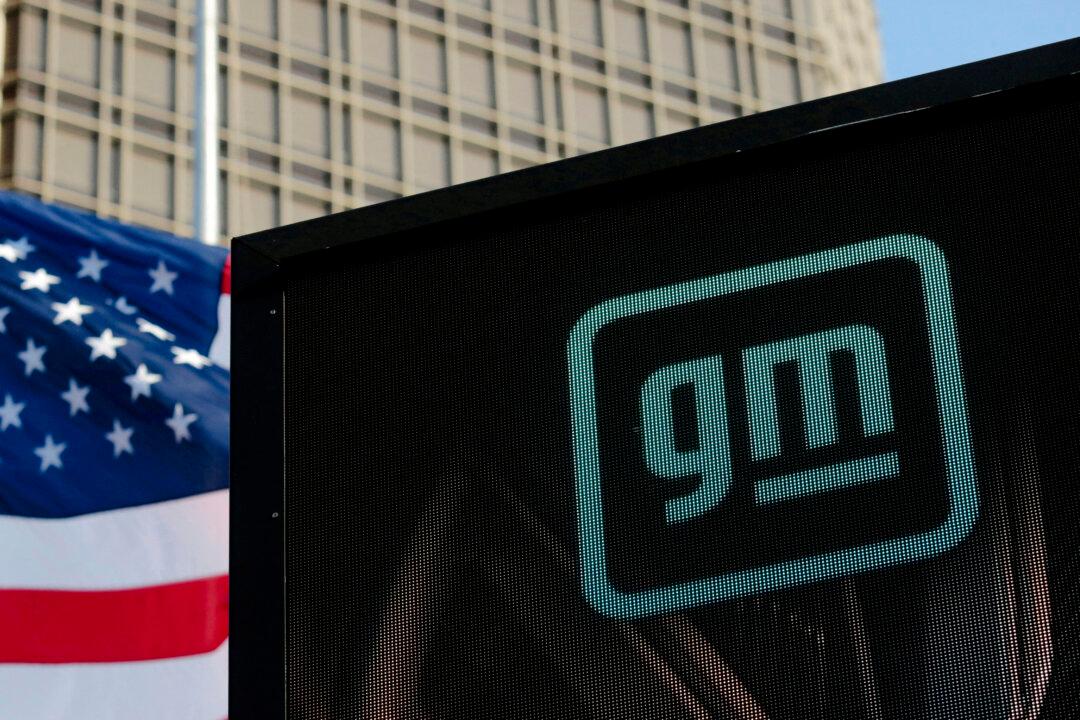General Motors (GM) posted first‑quarter 2025 revenue of $44 billion, up 2 percent from a year earlier, while net income slipped 6 percent from the same period last year, to $2.8 billion. The Detroit automaker narrowed its full‑year operating profit forecast to between $10 billion and $12.5 billion, citing a potential $4 billion–$5 billion tariff bill tied to the Trump administration’s trade policies.
“Almost one million people in this country depend on GM for their livelihoods—including our employees, suppliers, and dealers,” GM Chief Executive Mary Barra told analysts during an earnings call on May 1.
The call was pushed back from Tuesday to give the company more time to update investors based on the latest trade announcements and conversations with President Donald Trump, Barra said.
“While we source parts globally, our guiding principle is to buy where we build,” Barra said, adding that GM has already reduced direct material spending in China for U.S. production to less than 3 percent and increased domestic parts purchases by 27 percent since 2019. She stressed the company’s commitment to its U.S. footprint—50 plants in 19 states—and pledged to keep expanding it in the face of higher costs.
Despite the headwinds, Barra said April marked GM’s best U.S. sales month since 2007.
“Our business is fundamentally strong as we navigate the new policy environment,” she said, adding that the company will keep investing in both gasoline and electric models while “staying aligned with the consumer.”
GM Chief Financial Officer Paul Jacobson said the company aims to offset at least 30 percent of the expected tariff hit through cost cuts, increased U.S. sourcing, and disciplined pricing. GM has already boosted the annual output of full‑size pickups at its Fort Wayne, Indiana, plant by about 50,000 units and is working with suppliers to shift more components stateside.
GM said roughly half of its electric vehicle (EV) entries were “variable‑profit positive” in the quarter, and it will moderate EV production to match demand rather than chase volume with heavy discounts.
Sales momentum remained strong as U.S. deliveries jumped 17 percent—lifting market share to 17.2 percent—up nearly two points year over year. Chevrolet became the fastest‑growing EV brand, and GM’s share of the U.S. EV market reached 12 percent in March, second only to Tesla, company officials said.
Barra also highlighted a plan to double the number of Super Cruise driver‑assistance-equipped vehicles on the road to about 700,000 by year’s end.
Barra said GM’s tariff preparedness includes becoming the nation’s largest producer of lithium‑ion battery cells through joint‑venture plants in Ohio and Tennessee. The company is also expanding U.S. battery module assembly and expects its Thacker Pass lithium mine joint venture in Nevada to open in 2027.
The quarter was not without hiccups: Planned downtime for truck upgrades and a supplier plant fire trimmed full‑size pickup output by about 7,000 units, though GM expects to recover the volume in the second quarter. Warranty expenses and a weaker Mexican peso also pressured results, Jacobson said.
As for other automakers, Stellantis on April 30 suspended its 2025 outlook and said it will reassess capital spending, production, and jobs after new U.S. tariffs created uncertainty for vehicle imports.
Stellantis, which owns Jeep and Chrysler, reported that its first-quarter revenue was down by 14 percent to 35.8 billion euros ($40.4 billion), as it cuts imports and leans on existing inventories.
On April 22, Tesla reported that its first-quarter profit was down by 71 percent from the same period last year, to $409 million on revenue of $19.3 billion, missing Wall Street estimates. The EV maker warned that escalating trade policy uncertainty and higher U.S. tariffs could weigh on near-term demand and raise parts costs.
Ford Motors will release its first-quarter earnings and outlook on May 5.







